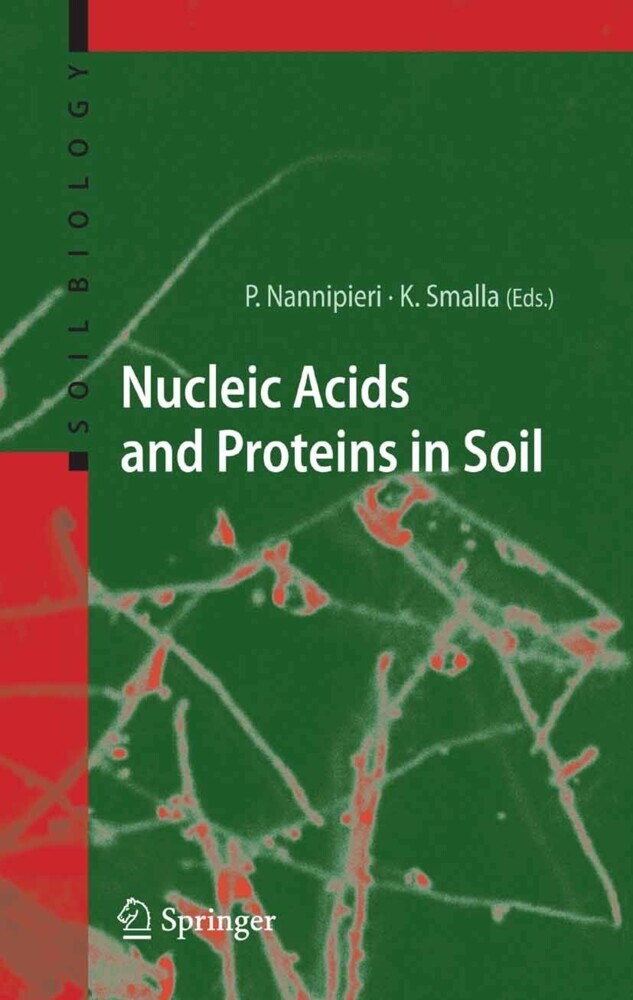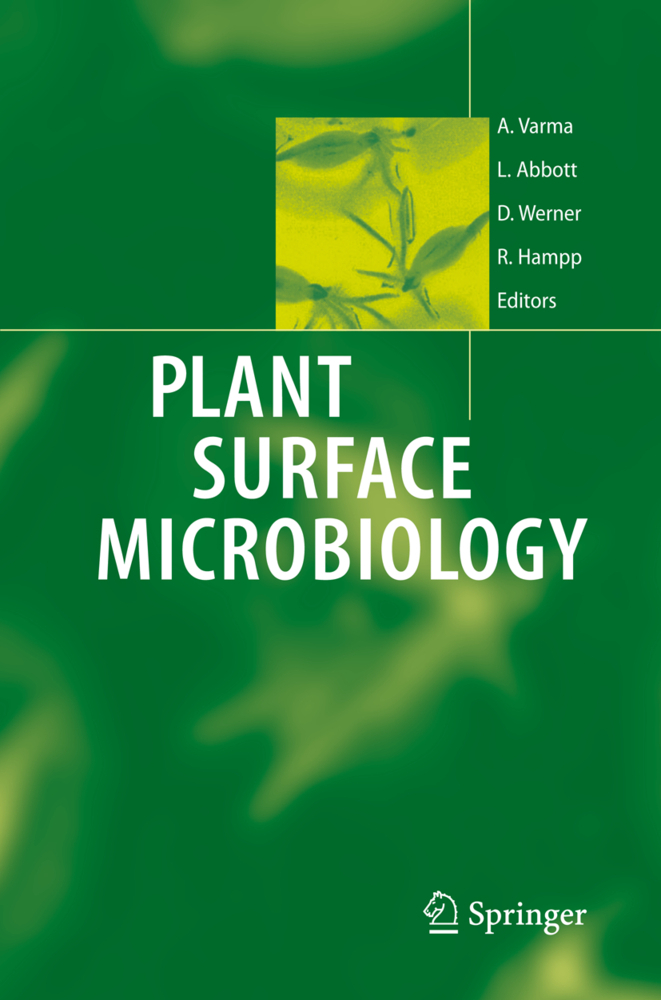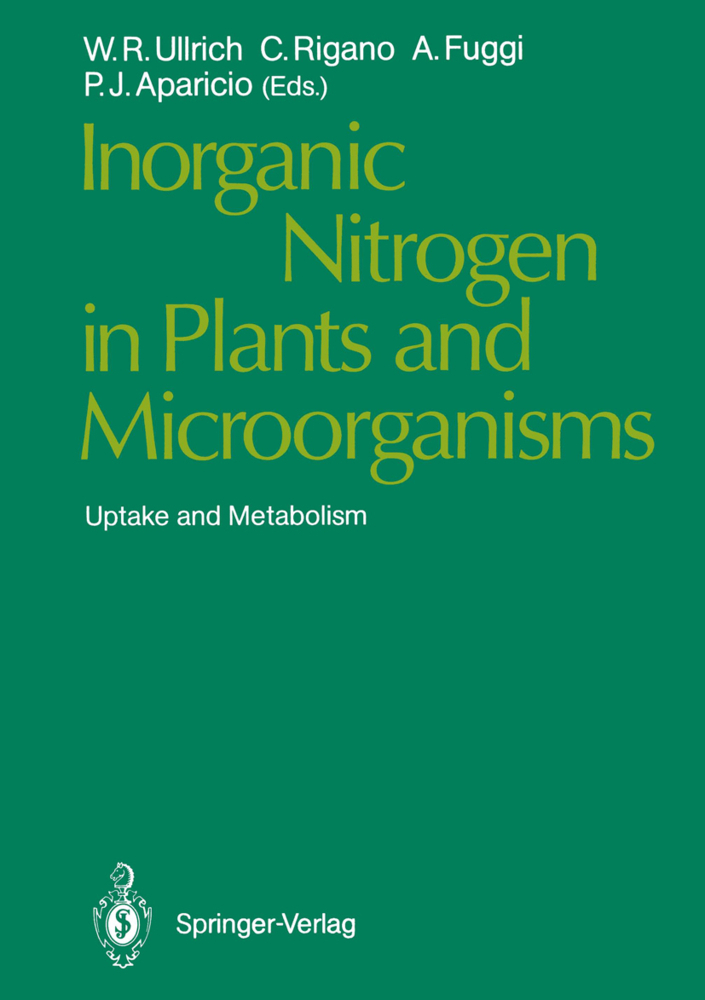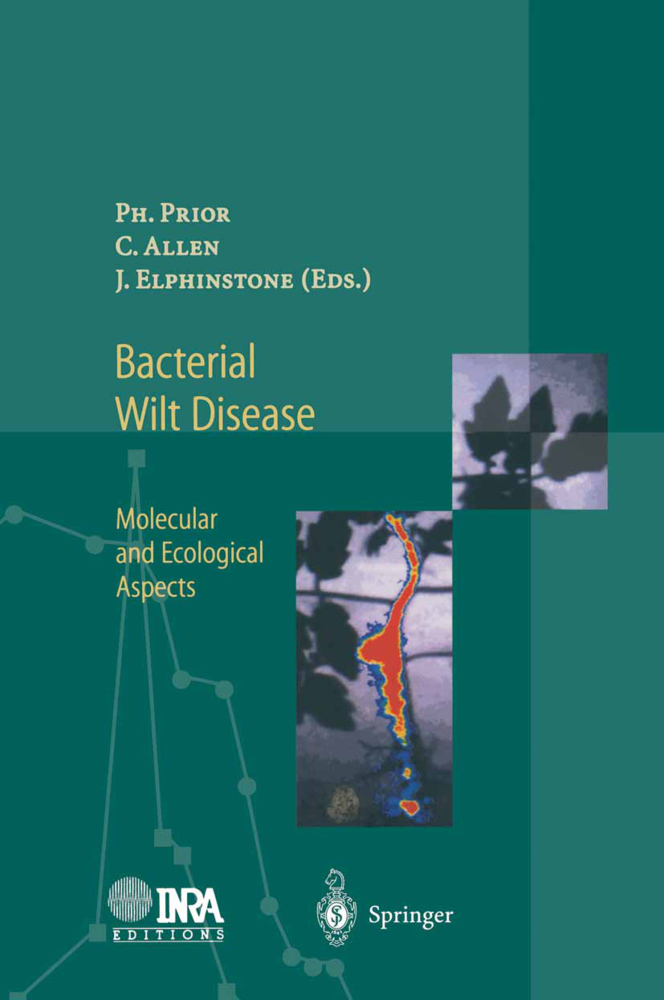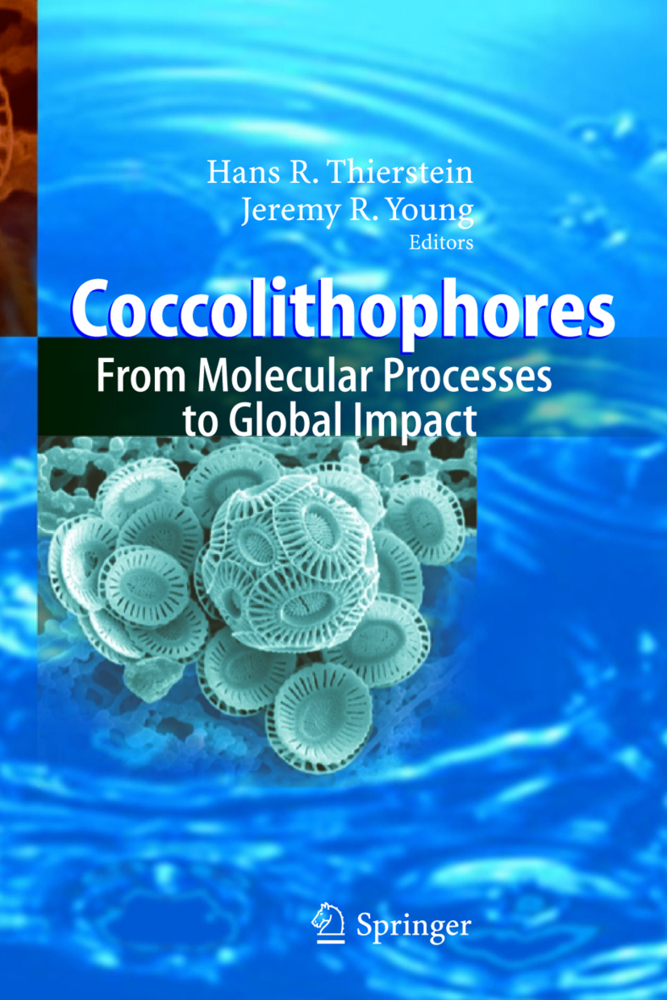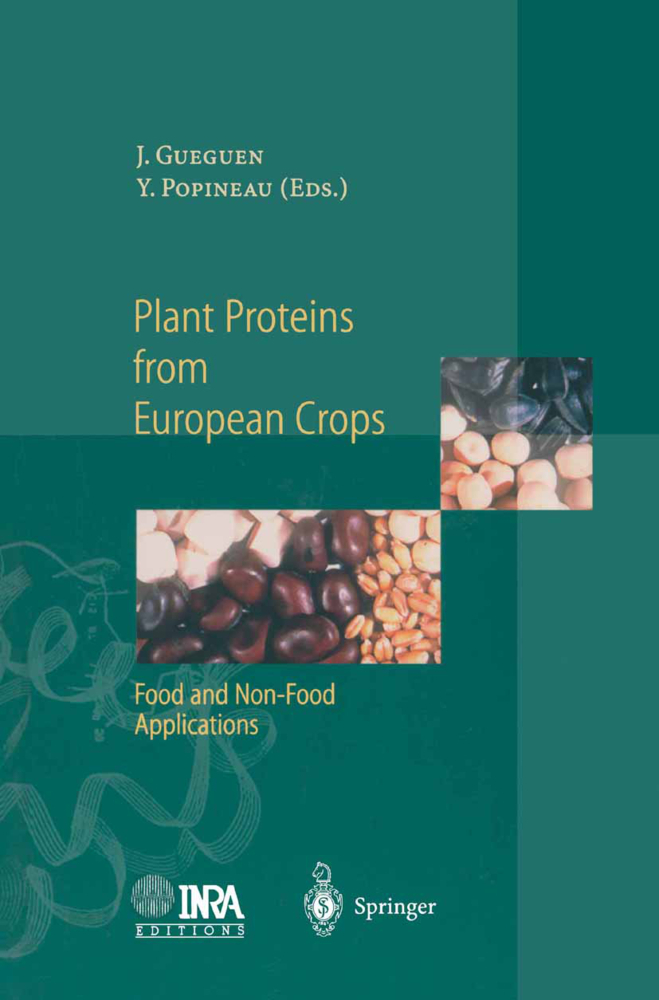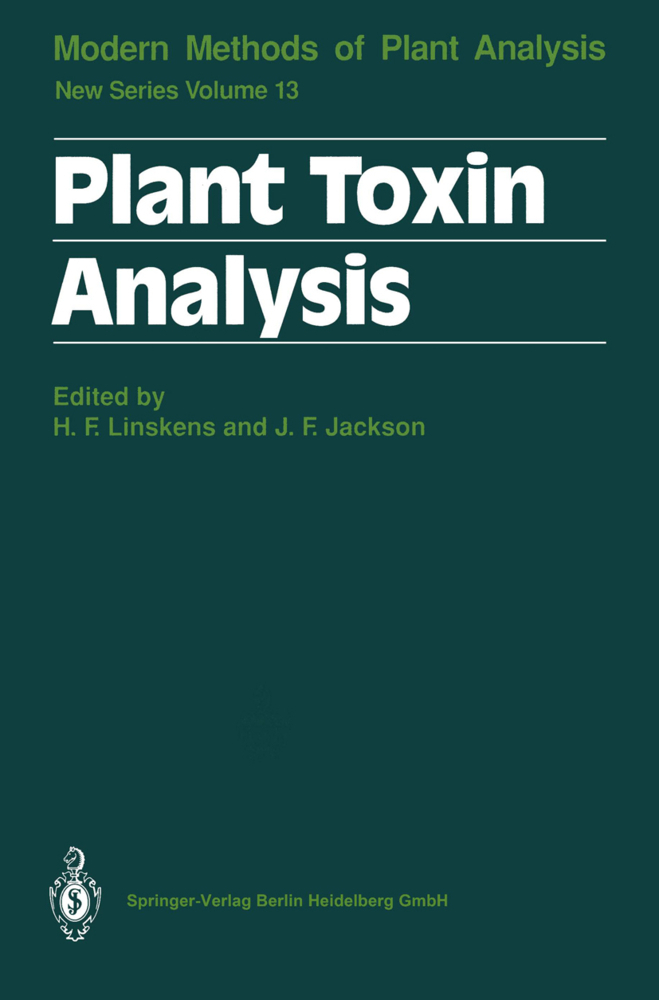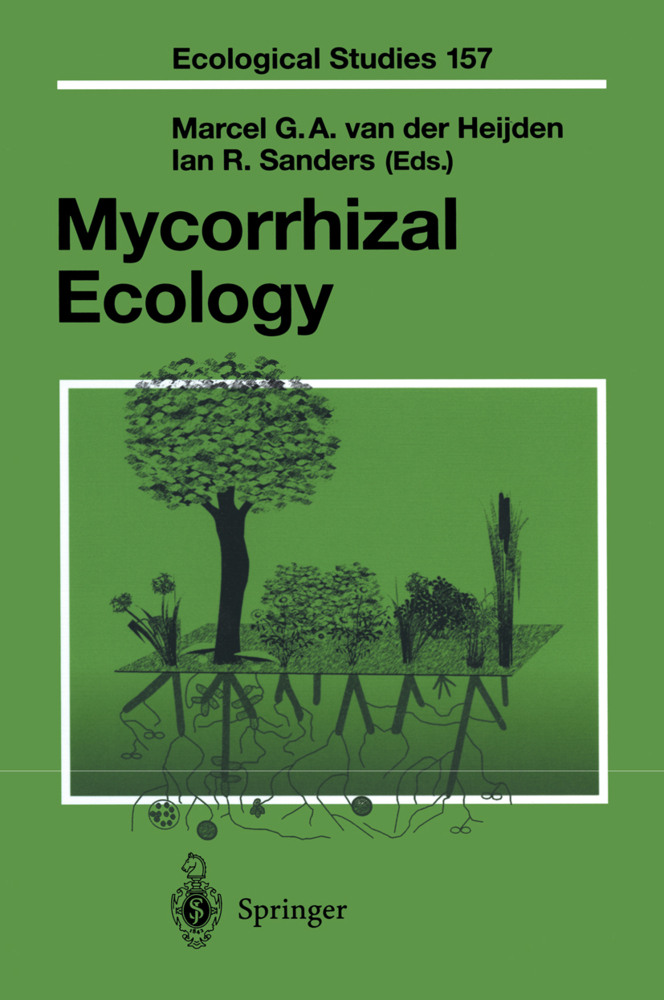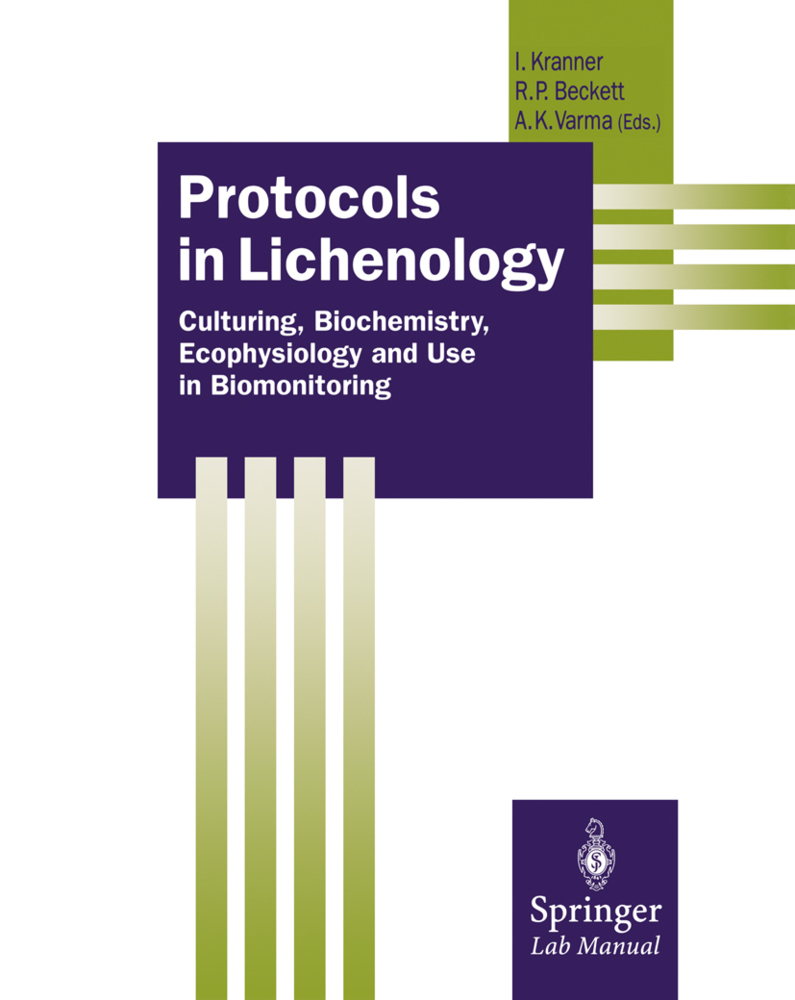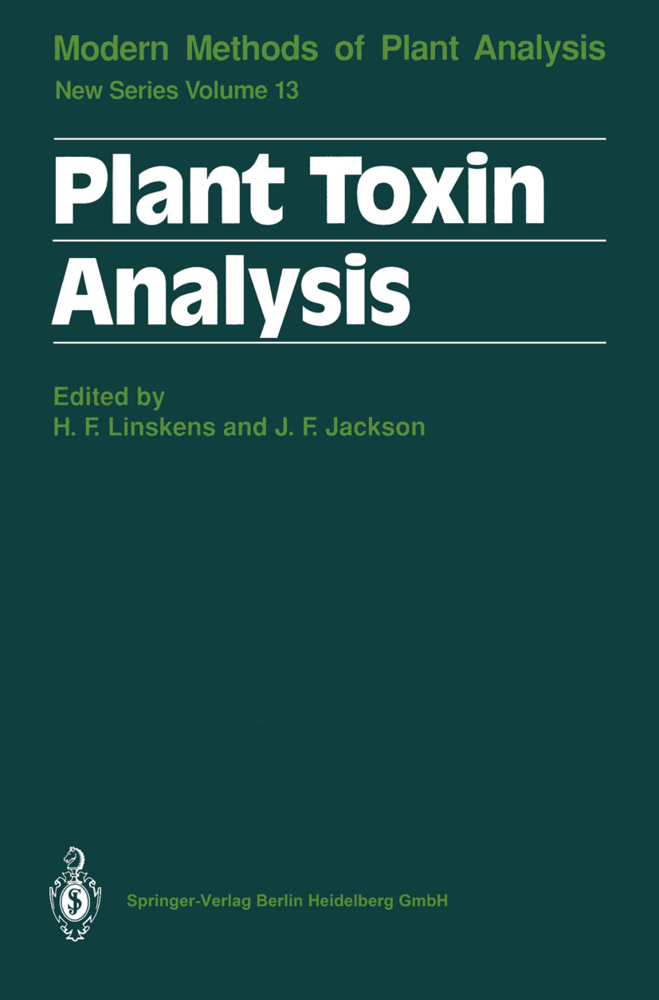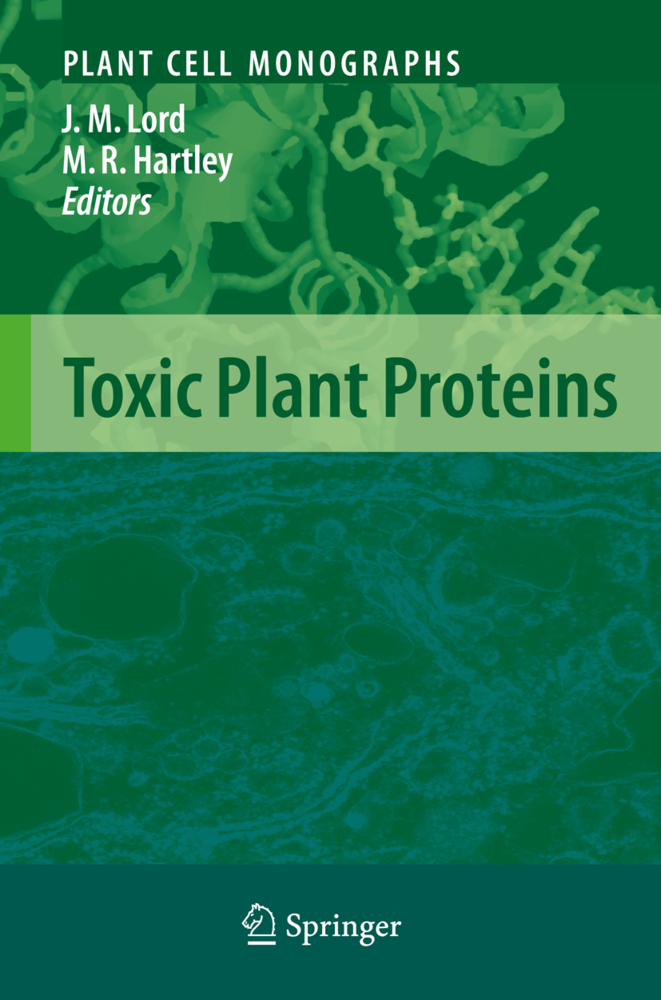With millions of different bacterial species living in soil, the microbial community is extremely complex, varying at very small scales. Microbe-driven functions are essential for most processes in soil. Thus, a better understanding of this microbial diversity will be invaluable for the management of the various soil functions.
Nucleic Acids and Proteins in Soil combines traditional approaches in soil microbiology and biochemistry with the latest techniques in molecular microbial ecology. Included are methods to analyse the presence and importance of nucleic acids and proteins both inside and outside microbial cells, the horizontal gene transfer which drives bacterial diversity, as well as soil proteomes. Further chapters describe techniques such as PCR, fingerprinting, the challenging use of gene arrays for structural and functional analysis, stable isotope probing to identify in situ metabolic functions, and the use of marker and reporter genes in soil microbial ecology.
1;Preface;6 2;Contents;9 3;Contributors;18 4;New Frontiers in Soil Microbiology: How To Link Structure and Function of Microbial Communities?;23 4.1;1.1 Introduction: A Framework for the Structure-Function Grand Challenge;23 4.2;1.2 Microbial Community Structure: One- Half of the Structure- Function Paradigm;25 4.3;1.3 The Other One-Half: Functional Traits of Microbial Communities;28 4.4;1.4 Newer Approaches for Linking Function with Phylogeny and Structure;31 4.5;1.5 Future Challenges;34 4.6;References;39 5;Chemical Structure of Organic N and Organic P in Soil;45 5.1;2.1 Introduction;45 5.2;2.2 Biological Forms of Organic N and P That Enter Soils;46 5.3;2.3 Techniques To Analyse Soil Organic Nitrogen;54 5.4;2.4 Forms of Organic N in Soil Organic Matter;59 5.5;2.5 Techniques To Analyse Organic P in Soils;61 5.6;2.6 Forms of Organic P in Soils;64 5.7;2.7 Summary;65 5.8;References;65 6;Nucleic Acid Extraction from Soil;71 6.1;3.1 Introduction;71 6.2;3.2 Lysis and Extraction;73 6.3;3.3 Purification;82 6.4;3.4 RNA Extraction;84 6.5;3.5 Cell Extraction;85 6.6;References;89 7;Role of Stabilised Enzymes in Microbial Ecology and Enzyme Extraction from Soil with Potential Applications in Soil Proteomics;96 7.1;4.1 Introduction;96 7.2;4.2 Evidence for the Presence of Stabilised Enzymes in Soil;98 7.3;4.3 Extraction of Enzymes from Soil;100 7.4;4.4 The Role of Stabilised Enzymes in Soil Microbial Ecology;103 7.5;4.5 Proteomics;104 7.6;4.6 Soil Proteomics;106 7.7;4.7 Conclusions;110 7.8;References;111 8;Soil Proteomics: Extraction and Analysis of Proteins from Soils;116 8.1;5.1 Introduction;116 8.2;5.2 Rationale and Context of Soil Proteomics;117 8.3;5.3 Methodology for Soil Proteomics;120 8.4;5.4 Case Studies and Emerging Issues in Soil Proteomics;125 8.5;References;133 9;The Various Sources and the Fate of Nucleic Acids in Soil;137 9.1;6.1 Introduction;137 9.2;6.2 Release of DNA from Organisms;138 9.3;6.3 Presence of DNA in Soil;142 9.4;6.4 Distribution of Extracellular DNA in Soil;144 9.5;6.5 Persistence of DNA in Soil;146 9.6;6.6 The Extracellular Gene Pool Hypothesis;152 9.7;6.7 Conclusions;153 9.8;References;154 10;Stabilization of Extracellular DNA and Proteins by Transient Binding to Various Soil Components;160 10.1;7.1 Introduction;160 10.2;7.2 DNA Interactions with Purified Soil Components;162 10.3;7.3 Protein Interactions with Purified Soil Components;166 10.4;7.4 Interactions of DNA, Combined with Other Cellular Substances, with Pure Soil Components;167 10.5;7.5 DNA Interactions with Natural Soils;169 10.6;7.6 Protein Interactions with Natural Soils;170 10.7;7.7 Concluding Remarks;171 10.8;References;172 11;Assessing Bacterial and Fungal Community Structure in Soil Using Ribosomal RNA and Other Structural Gene Markers;177 11.1;8.1 Introduction;177 11.2;8.2 The General Choices in Molecular Analysis of Soil- Borne Microbial Communities;178 11.3;8.3 General Approaches for Microbial Community Description;185 11.4;8.4 Group-Specific Microbial Community Analyses;190 11.5;8.5 Concluding Remarks;197 11.6;References;198 12;Advances in Microarray-Based Technologies for Soil Microbial Community Analyses;207 12.1;9.1 Introduction;207 12.2;9.2 Types of Environmental Microarrays;208 12.3;9.3 Important Issues in Microarray Analysis;208 12.4;9.4 Applications of Different Formats of Microarrays;212 12.5;9.5 Conclusions and Future Perspectives;218 12.6;References;219 13;Stable Isotope Probing: A Critique of Its Role in Linking Phylogeny and Function;222 13.1;10.1 Introduction;222 13.2;10.2 Polar Lipid Derived Fatty Acid Based Stable Isotope Probing ( PLFA- SIP);224 13.3;10.3 DNA- and RNA-Based Stable Isotope Probing (NA-SIP);225 13.4;10.4 Alternative Stable Isotope Based Approaches;228 13.5;10.5 Radioactive Isotope Based Approaches;229 13.6;10.6 Notes on Isotopic Enrichments;230 13.7;10.7 Conclusions;230 13.8;References;231 14;Gene Detection, Expression and Related Enzyme Activity in Soil;234 14.1;11.1 Introduction;234 14.2;11.2 Molecular Detec
Nannipieri, Paolo
Smalla, Kornelia
| ISBN | 9783540294498 |
|---|---|
| Artikelnummer | 9783540294498 |
| Medientyp | E-Book - PDF |
| Copyrightjahr | 2006 |
| Verlag | Springer-Verlag |
| Umfang | 458 Seiten |
| Sprache | Englisch |
| Kopierschutz | Digitales Wasserzeichen |

